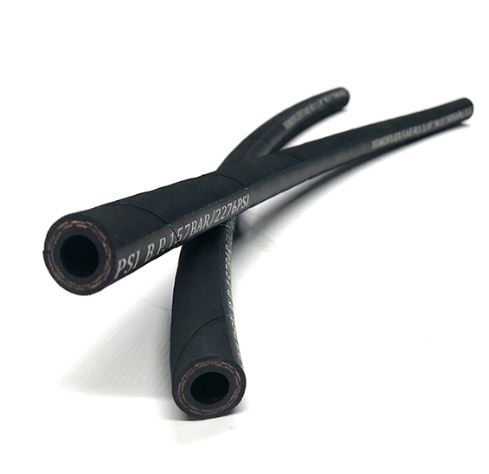flexible aluminum foil duct
Understanding Flexible Aluminum Foil Duct A Versatile Solution for HVAC Systems
Flexible aluminum foil ducting has emerged as a vital component in modern HVAC (Heating, Ventilation, and Air Conditioning) systems, providing efficient solutions for air distribution in residential and commercial buildings. This specialized ducting material, as the name suggests, is made of aluminum foil, giving it properties that make it ideal for a range of applications. In this article, we will explore the benefits, uses, and considerations regarding flexible aluminum foil duct.
What is Flexible Aluminum Foil Duct?
Flexible aluminum foil duct is a type of ductwork that is made from an inner layer of aluminum foil, usually wrapped around a support wire helix. This construction allows the duct to be both flexible and strong, making it easy to install in various configurations. The surface of the aluminum foil is usually coated to improve durability and resist tears, while also aiding in thermal insulation.
Benefits of Flexible Aluminum Foil Duct
1. Flexibility and Lightweight The most significant advantage of aluminum foil ducting is its flexibility. Unlike rigid ductwork, which can be cumbersome to install, flexible duct can be bent and shaped easily to accommodate different layouts and tight spaces. Moreover, its lightweight nature means it won’t put unnecessary strain on structural elements when installed.
2. Cost-Effectiveness Flexible aluminum foil ducts are generally less expensive than alternatives such as rigid metal or PVC ducting. They are also easier to cut and install, which can reduce labor costs during installation.
3. Thermal Efficiency Aluminum is a good conductor of heat, and when used appropriately, flexible aluminum foil duct can maintain the temperature of the air passing through it. Certain types also come with insulation options that further enhance thermal efficiency, reducing energy loss and potentially lowering energy bills.
4. Durability and Corrosion Resistance Aluminum is known for its resistance to corrosion and wear. Flexible aluminum foil ducts are durable enough to withstand the rigors of HVAC applications without degrading over time, providing long-term reliability.
5. Minimal Air Leakage When properly installed, flexible aluminum foil duct systems can minimize air leakage. This is critical in maintaining system efficiency and ensuring that heated or cooled air reaches its intended destination without significant loss.
flexible aluminum foil duct

Applications of Flexible Aluminum Foil Duct
Flexible aluminum foil ducting is widely used in various applications, including
- Residential HVAC Systems Ideal for connecting HVAC systems to air outlets or return ducts in homes, where space restrictions may exist.
- Commercial Buildings Commonly used in commercial settings for delivering conditioned air in offices, retail spaces, and other environments where flexibility in design is crucial.
- Ventilation Systems It can be utilized for ventilation in kitchens, bathrooms, and laundry areas to efficiently expel humid or contaminated air.
- Industrial Applications Flexible aluminum foil ducts can also be used in certain industrial scenarios, such as fume extraction or dust collection systems, where flexible routing is necessary.
Considerations for Installation
When considering the use of flexible aluminum foil duct, it is crucial to take specific installation practices into account. Ensure that bends and turns are minimized to avoid airflow resistance. Ducts should be properly sealed at joints to prevent leaks, which can significantly impact HVAC efficiency. Additionally, maintaining the appropriate diameter of the duct is essential for optimal airflow.
Conclusion
Flexible aluminum foil ducting is a versatile and efficient option for modern HVAC systems. With its flexibility, cost-effectiveness, and durability, it serves a wide range of applications in both residential and commercial settings. Understanding its benefits and proper installation practices can help ensure that it performs effectively, ultimately contributing to better indoor air quality and energy efficiency. Whether you're upgrading an existing system or installing a new one, flexible aluminum foil duct should definitely be considered as a crucial component in your HVAC design.
-
Unrivaled Performance and Applications of PU Pneumatic Hoses and TubesNewsJun.11,2025
-
The Transparent World of Industrial Tubing and Hosing SolutionsNewsJun.11,2025
-
The Intricate World of Pneumatic Conduits: Tubes and HosesNewsJun.11,2025
-
The Dynamic Landscape of Pneumatic Conduits: Unraveling Key ComponentsNewsJun.11,2025
-
The Diverse Applications and Significance of Transparent PVC TubingNewsJun.11,2025
-
High - Pressure Pneumatic Tubing and Systems: An In - Depth LookNewsJun.11,2025














